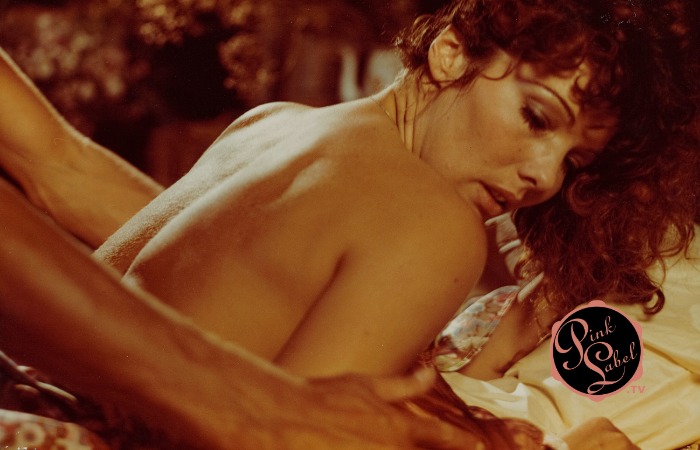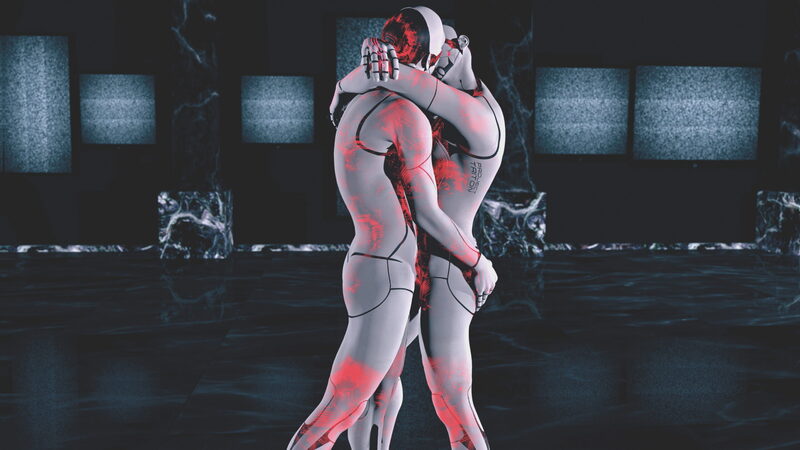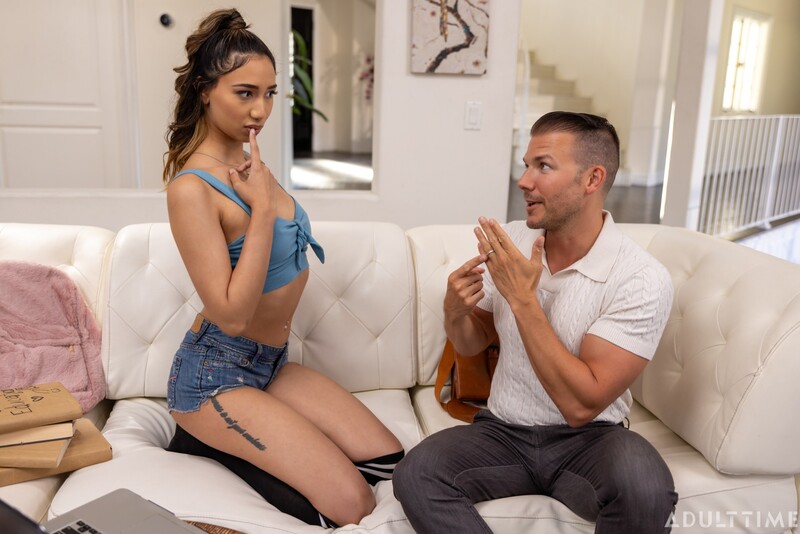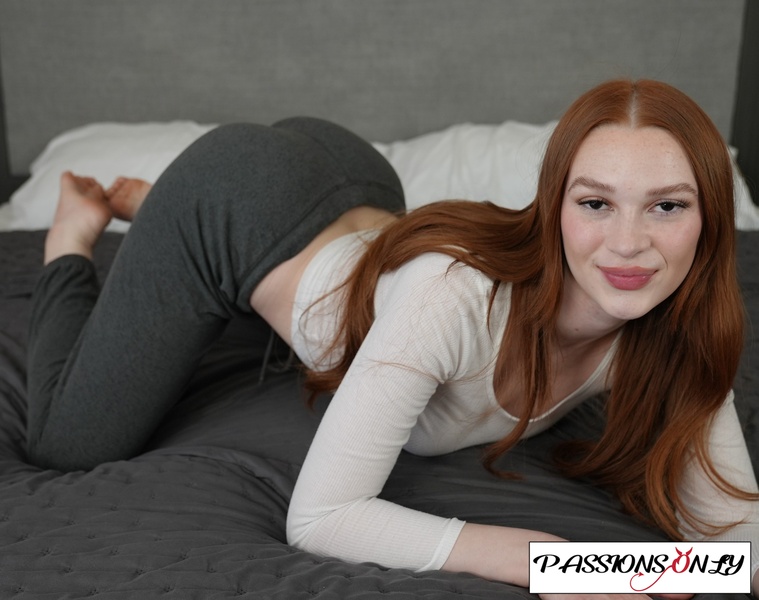
MOVIE REVIEW
My Nights with Susan, Sandra, Olga & Julie
Genre: Classic, Dutch, Voyeur
Year Released: 1975, PinkLabel.TV 2021
Runtime: 1h 25m
Director(s): Pim de la Parra
Writer(s): Carel Donck, Charles Gormley, David Kaufman, Harry Kümel, Pim de la Parra
Cast: Franulka Heyermans, Hans Van der Gragt, Jerry Brouer, Marya de Heer, Nelly Frijda, Willeke van Ammelrooy
Language: Dutch with English dubbing
Where To Watch: available now, stream here: www.pinklabel.tv
RAVING REVIEW: Desire and danger blur in MY NIGHTS WITH SUSAN, SANDRA, OLGA & JULIE, a film that refuses to settle into easy categorization. Pim de la Parra crafts a world where eroticism, psychological tension, and menace intertwine, each moment steeped in an unsettling dreamlike haze. When the film pulls you into its story, it upends expectations, making every interaction feel intimate and ominous. Here, pleasure and peril are inseparable; nothing is ever as simple as it seems.
On the surface, it presents itself as a story of youthful liberation, unfolding in a remote farmhouse where its characters exist outside the norms of conventional society. Susan, a former model, has chosen this isolated life, distancing herself from the city in favor of a quiet, self-sustained existence. She shares the space with a handful of misfit companions: Sandra and Olga, two dangerously uninhibited women whose flirtatious charm masks something much darker; Julie, who spends most of her time asleep, seemingly disconnected from everything around her; and Albert, a reclusive voyeur who keeps to himself yet sees everything. The delicate balance in this household shifts with the arrival of Anton, a visitor drawn into this place where desire and death intertwine in ways he could never have expected.
One of the film's most striking aspects is its refusal to provide easy explanations. Characters operate under their own logic, making decisions that feel instinctual rather than rational. This ambiguity adds to the film’s hypnotic pull, making it impossible to predict where the story is headed. Anton, in particular, serves as a stand-in for the audience—curious yet wary, enticed yet uneasy. As he navigates this strange environment, it becomes clear that traditional moral frameworks do not apply here.
The performances amplify the film’s disorienting nature. Willeke van Ammelrooy gives Susan a quiet yet commanding presence, playing a character who has willingly separated herself from the chaos of modern life but now finds herself surrounded by an entirely different kind of disorder. Sandra and Olga exude a carefree menace, making every interaction with them feel like a trap of seduction. Hans van der Gragt’s Anton captures the unease of an outsider caught in something far bigger than himself, while Albert and Julie remain enigmas, their stories left incomplete.
Visually, the film makes excellent use of its widescreen Techniscope format, capturing both the vast openness of the Dutch countryside and the claustrophobic nature of the farmhouse. The cinematography creates a deceptive sense of peace, using natural light to contrast the unfolding unsettling events. Rather than hiding in the shadows, the film’s most disturbing moments play out in broad daylight, reinforcing that danger isn’t always lurking in the dark—it can exist right in plain view.
Elisabeth Lutyens's score adds another layer of unease. Her compositions are deliberately off-kilter, weaving an eerie, almost ghostly quality into the film’s atmosphere. The music doesn’t just accompany the visuals; it enhances them, making moments of tension even more unnerving.
Some characters remain underdeveloped, and their arcs are left unresolved in a way that feels more like an oversight than intention. Julie and Albert exist on the story's fringes without fully integrating into the story. Additionally, while the film thrives on unpredictability, its shifting tone may prove jarring for some viewers. At times, it leans into psychological horror, then suddenly veers into absurdity, making it difficult to grasp its intentions.
What MY NIGHTS WITH SUSAN, SANDRA, OLGA & JULIE lacks in coherence, it makes up for in sheer boldness. It challenges viewers to let go of conventional storytelling and embrace something more elusive. It refuses to be confined to one genre, instead choosing to explore eroticism, suspense, and psychological disarray all at once.
For those who appreciate cinema that defies categorization, this is an intriguing, unsettling experience. It doesn’t hold the viewer’s hand or offer easy conclusions. Instead, it lingers in the mind, raising questions without providing answers. Love it or not, it’s a film that refuses to be ignored.
I’m always happy to hear from my readers; please say hi or send me any questions!
[photo courtesy of PINKLABEL.TV, CULT EPICS]
DISCLAIMER:
At Red Light Rated, we are committed to transparency and honest reviews. Occasionally, we receive free access to certain websites to provide in-depth evaluations, but this does not influence our opinions. We always prioritize fair, unbiased, and insightful assessments to help you make informed decisions. Additionally, some links in our reviews are affiliate links, meaning we may earn a small commission if you sign up through them at no extra cost.




